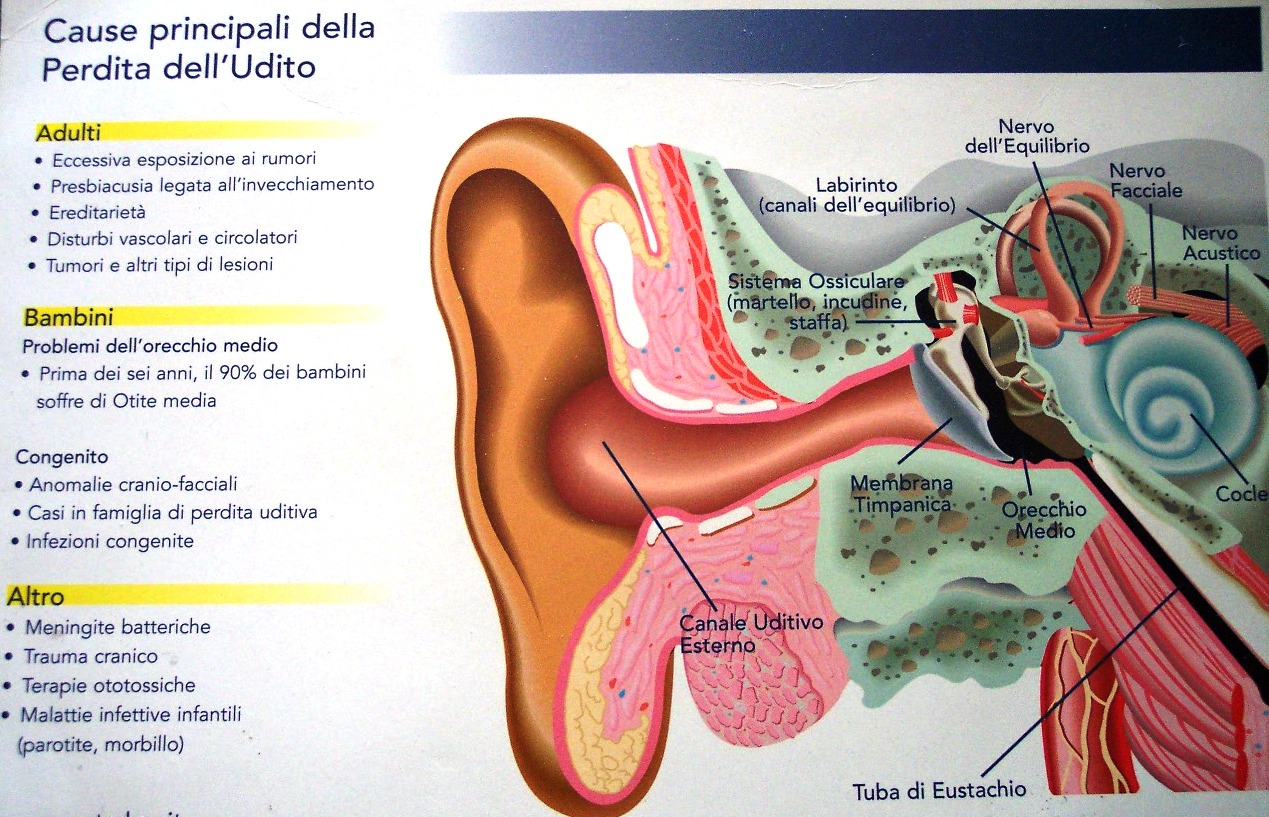
SUDDEN HEARING LOSS
IPOACUSIA IMPROVVISA

Given the lack of understanding of the etiology or etiologies of SHL, treatment regimens have of necessity been empirical. One of the most commonly used treatments is vasodilator therapy. Many agents have been tried, but one of the most popular has been carbogen, which is a gaseous mixture of 5% CO2 in 95% O2. Ugo Fisch in 1983 compared carbogen therapy with papaverine and low molecular weight dextran therapy in SHL patients. He found no significant short term difference in hearing results, but discovered significantly better hearing in carbogen-treated SHL patients after one year.
Wilson et al in 1980 reported a double-blinded study of 67 SHL patients treated with steroids or placebo, and included an additional 52 controls who received no treatment. They found that patients with isolated midfrequency losses recovered without regard to therapy, and that 76% of patients with losses greater than 90 dB failed to recover regardless of therapy. However, in 74 patients with hearing loss less than 90 Db not limited to the midfrequencies, 78% treated with steroids improved, compared with 38% of untreated patients. Subsequent studies have confirmed the benefit of steroids in selected patients. This is the only controlled study showing conclusive superiority of any treatment for SHL over no treatment.
Other treatment regimens have included diuretics, anticoagulants, plasma expanders, and diatrizoate meglumine, or Hypaque, an intravenous contrast dye. Controlled studies have not been performed to show a benefit from any of them. Stellate ganglion block is an invasive technique used in SHL therapy. Ganglion block causes vasodilation and subsequent increased blood flow through sympathetic blockade. Haug et al from Houston reported in 1976 that 70% of 56 patients with SHL treated by a series of blocks experienced greater than or equal to 10 dB pure tone average improvement and over 10% gain in speech discrimination scores, versus only 20% of 20 patients treated by other means. Because this procedure involves deep injection of anesthetic in the low neck, it carries obvious risk of lung injury and injury to vital neural and vascular structures. Many centers, including Baylor, use a so-called "shotgun" approach to SHL treatment, in an attempt to address all theoretical etiologies. Wilkins et al in 1987 evaluated one exhaustive shotgun regimen of dextran, histamine, Hypaque, diuretics, steroids, vasodilators, and carbogen, but found the results no different from those for no treatment.
It is generally agreed that spontaneous recovery is common in SHL, usually occurring within two weeks of onset. Mattox and Simmons stated that 65% of all SHL patients will have spontaneous recovery of functional hearing without treatment. Others have estimated that about one-third have spontaneous return to normal hearing, and another one-third have return to functional hearing with a residual deficit. Obviously, the ideal treatment protocol would improve on these numbers. Only steroid treatment, as evaluated by Wilson et al, in 1980, has been proven superior to no treatment, and this success came only in patients with moderate loss across many frequencies. Byl in 1984 reported a prospective study of 225 SHL patients. He found the most important factors influencing recovery to be severity of initial loss, degree of vertigo, and time from onset to initial visit. All of these factors were inversely related to degree of recovery. Other facts identified by Byl and others include patient age, shape of initial audiogram, and ESR. Byl found that patients under 15 years of age and over 60 recovered less well than their counterparts within these two age limits. Most researchers agree that SHL patients with upsloping and midfrequency loss audiograms recover the best, while those with downsloping initial audiograms fare the worst. Elevated ESR has been shown to be a negative prognostic sign. Tinnitus, present in 70% to 85% of SHL patients, has no prognostic value.
Sudden sensorineural hearing loss remains a poorly understood and maddening problem for the otolaryngologist. Prognostic predictors include audiogram shape, severity of loss, patient age, presence of vestibular symptoms, and duration of symptoms. Viral and autoimmune mechanisms are currently the best etiologic candidates, but the heterogeneity of patients and findings makes the discovery of a single pathologic pathway for all SHL unlikely.
Case Presentation
A fifty-two-year-old Latin American man presented to Ben Taub General Hospital with a twelve hour history of sudden hearing loss in the left ear. The patient had been watching television when he felt a pop in his left ear, followed by tinnitus and subjective hearing loss. He denied dizziness, vertigo, nausea, or vomiting, and gave no history of straining, trauma, or barotrauma. He also denied any history of ototoxic drugs or otologic surgery. Hearing was subjectively normal bilaterally prior to this episode. Past medical history was remarkable only for insulin-dependent diabetes mellitus, and social history was negative for drinking, smoking, and drug use. Physical examination was unremarkable except for tuning fork tests indicating a left sensorineural hearing loss. The patient had a negative fistula test and no spontaneous nystagmus. Laboratory studies were all within normal limits, including an ESR of 2 and negative syphilis serologies. Admission audiogram showed a pure tone average of 73 dB on the left and 8 dB on the right, and speech understanding depressed to 32% on the left, normal on the right. Tympanograms were Type A bilaterally. The patient was admitted and put to bedrest with a low salt diet. He underwent stellate ganglion blocks times three, and was started on a prednisone taper from 80 mg and given carbogen treatments. He experienced subjective improvement in his hearing on day three, and repeat audiogram on day four showed pure tone average of 42 on the left, with speech discrimination of 60%. The patient was discharged on day 5 on prednisone taper and low salt ADA diet, with light activity. Outpatient MRI of the head was normal. At follow-up two months later, the patient reported subjective return of normal hearing. Audiogram showed pure tone average of 12 dB on the left, 8 dB on the right, with 100% speech discrimination bilaterally.